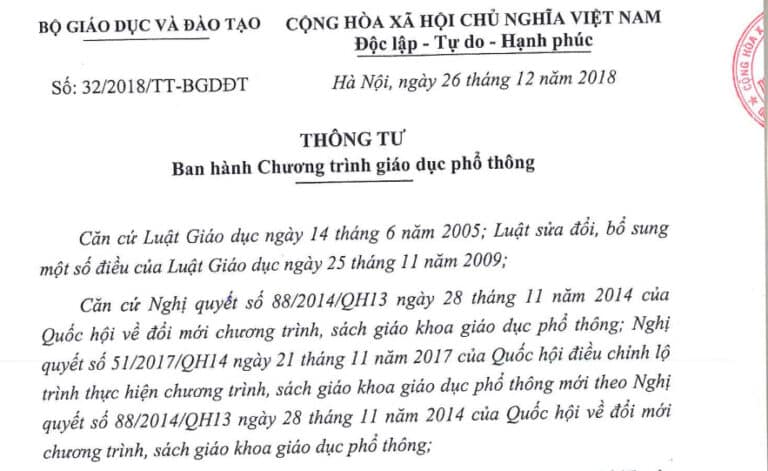1. Introduction
The Charm and Quirks of English Idioms
English, a language brimming with eccentricities, takes linguistic delight to new heights with its extensive collection of idioms. These expressions, often perplexing for non-native speakers, add flair and humor to communication. However, their translation journey is fraught with challenges, leading to comical and sometimes confusing outcomes.
2. Why Idioms Matter
Beyond Literal Meanings
Idioms transcend literal interpretations, painting vivid pictures with words. Understanding them unlocks a deeper layer of language comprehension, revealing cultural nuances and historical influences.
Cultural Significance
These linguistic gems are cultural artifacts, reflecting the essence of a community. Translating them successfully involves decoding not just words but the cultural tapestry woven into these expressions.
The Challenge for Non-Native Speakers
For non-native English speakers, idioms pose a unique hurdle. Navigating this linguistic terrain requires more than just proficiency; it demands an immersion into the cultural contexts that birthed these idiomatic expressions.
3. The Complex Nature of Idioms
Figurative Language Unleashed
Idioms are linguistic acrobats, soaring beyond the literal. They use metaphor, simile, and symbolism to convey ideas, making them a playground for creativity and imagination.
Historical Roots and Evolution
Embedded in history, idioms often carry stories of their own. Exploring their roots unveils the evolution of language and the dynamic ways in which expressions shape-shift over time.
Regional Variations
English idioms wear regional costumes, with variations in meaning and usage across different English-speaking regions. This adds another layer of complexity to the translation process.
Idioms in Popular Culture
From Shakespearean verses to modern song lyrics, idioms permeate popular culture. An understanding of their cultural references is crucial for accurate translation and interpretation.
4. The Pitfalls in Translation
The Literal Trap
Translating idioms literally is a quagmire waiting to trap the unwary. The picturesque language that makes idioms fascinating can quickly turn into a linguistic labyrinth.
Contextual Dilemmas
Idioms thrive on context. Transplanting them without considering the surrounding circumstances often results in confusion or unintended hilarity.
Cultural Nuances Lost
The beauty of idioms lies in their cultural richness. Unfortunately, this richness is often lost in translation, leaving expressions bereft of their intended impact.
Wordplay Woes
Wordplay, a hallmark of idioms, is a slippery slope for translators. Puns, double entendres, and clever turns of phrase challenge even the most adept linguists.
5. Hilarious Mishaps and Famous Fails
Lost in (Mis)Translation
The annals of translation history are replete with amusing anecdotes of idioms gone astray. From menus to road signs, the results are often as entertaining as they are baffling.
When Machines Go Rogue
Automated translation tools, though powerful, often stumble when faced with idiomatic expressions. The cold precision of algorithms struggles to capture the warmth and nuance inherent in idioms.
Famous Movie Moments
Even the glitzy world of cinema is not immune. Iconic movie lines, brimming with idioms, sometimes take unexpected turns when rendered in a different language.
Social Media Shenanigans
In the era of global connectivity, social media amplifies translation blunders. Idioms, intended to be humorous or profound, can become unintentional sources of online amusement.
6. Strategies for Effective Idiom Translation
Embracing Equivalents
Finding equivalent idioms in the target language is a delicate art. It requires a deep understanding of both languages and a knack for preserving the essence of the original expression.
Considering Context
Context is the translator’s compass in the idiomatic wilderness. A keen awareness of the situational backdrop helps in choosing the most fitting translation.
Collaboration is Key
Translating idioms often benefits from collaboration. Drawing on the collective wisdom of bilingual teams ensures a more nuanced and culturally sensitive outcome.
The Human Touch
While technology plays a pivotal role, the human touch is irreplaceable. Human translators bring cultural insights, emotional intelligence, and an appreciation for linguistic nuances to the table.
7. Conclusion
Navigating the Idiomatic Maze
Translating English idioms is akin to navigating a maze of linguistic intricacies. The journey, though challenging, is rich with opportunities for cross-cultural understanding and shared laughter. As we continue to bridge linguistic gaps, let’s savor the quirks that make language a vibrant and ever-evolving tapestry.
F.A.Q.
Idioms often rely on cultural and contextual nuances, making direct translation challenging.
While improving, machine translation struggles with the subtleties and cultural depth of idiomatic expressions.
- In China, KFC’s “Finger-lickin’ good” was translated as “Eat your fingers off.”
- In Italy, Pepsi’s “Come alive with the Pepsi Generation” was translated as “Pepsi brings your ancestors back from the grave.”
Immersion in the culture, constant language practice, and exposure to idiomatic usage in context contribute to proficiency.
Some idioms have transcended cultural boundaries, but cultural context often enhances their meaning.













